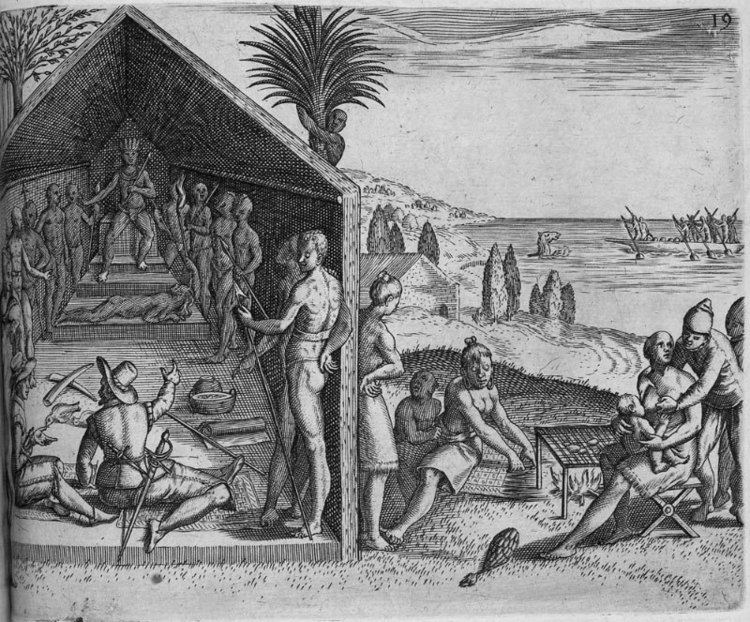River sources Niger Max. width 600 km (370 mi) | Max. length 300 km (190 mi) | |
 | ||
Ocean/sea sources Gulf of GuineaAtlantic Ocean Basin countries | ||
The Bight of Biafra (also known as the Bight of Bonny) is a bight off the West African coast, in the easternmost part of the Gulf of Guinea.
Contents
Map of Bight of Bonny
Geography
The Bight of Biafra extends east of the Bight of Benin from the River Delta of the Niger in the north until it reaches Cape Lopez in Gabon. Besides the Niger River, other rivers reaching the bay are the Cross River, Wouri River, Calabar River, Ndian, Wouri, Sanaga, Nyong River, Ntem, Mbia, Mbini, Muni and Komo River.
The main islands in the Bay are Bioko and Príncipe; other important islands are Ilhéu Bom Bom, Ilhéu Caroço, Elobey Grande and Elobey Chico. Countries located at the Bight of Bonny are Nigeria (eastern coast), Cameroon, Equatorial Guinea (Bioko Island and Rio Muni), and Gabon (northern coast).
History
On 30 June 1849, Britain established a colonial protectorate over the Bight of Biafra, under the authority of the British Consuls of the Bight of Benin:
On 6 August 1861, Biafra protectorate and the neighboring Benin protectorate (under its own British consuls) became a united British protectorate Bights of Biafra and Benin, again under British consuls:
From 16 July 1884, it merged into the British protectorate over Brass, Bonny, Opobo, Aboh and Old Calabar (excluding Lagos Colony), which was confirmed on 5 June 1885, and named Oil Rivers Protectorate, where, on August 1891, effective consular administration was established, headed by a consul general (on 5 June 1885, the aforementoned former consul Edward Hyde Hewett became the first). The area would, in different steps, merge further via the 12 May 1893 Niger Coast Protectorate, 1 January 1900 (renamed Southern Nigeria Protectorate into which, on 16 February 1906, Lagos was incorporated), on 28 February 1906 made into the Colony and Protectorate of Southern Nigeria. From 1 January 1914, it was part of Colony and Protectorate of Nigeria.
The bight was renamed within independent Nigeria in 1972, when after the Biafran War, the Nigerian government wanted to remove the name of the term Biafra considered secessionist.
